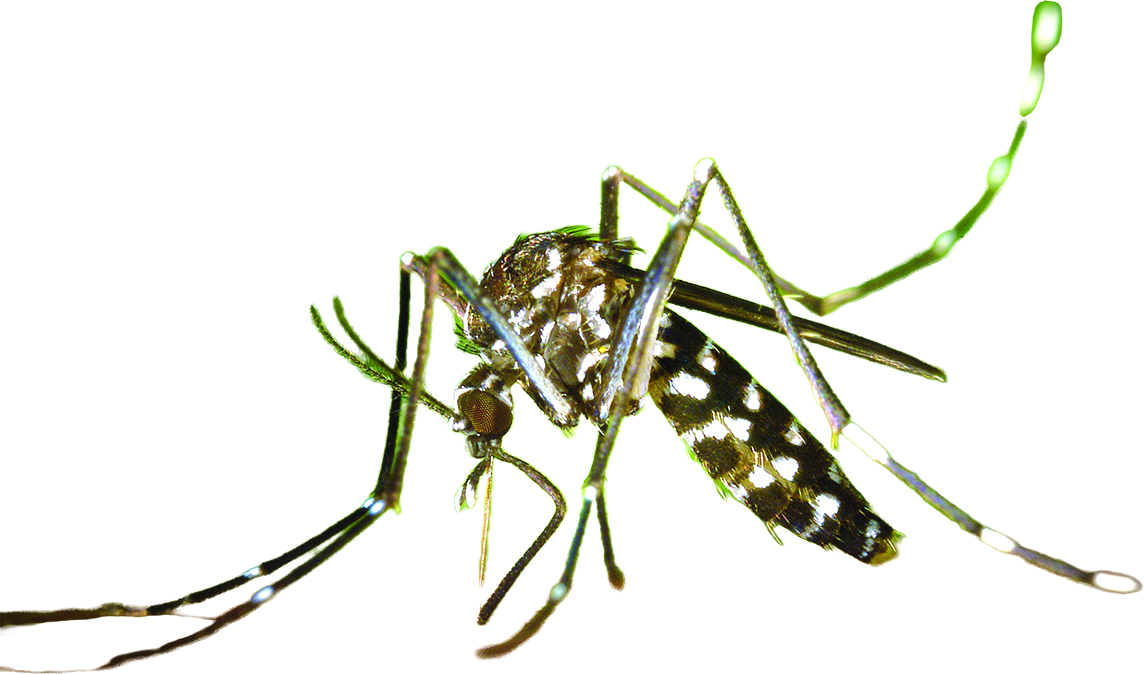Mosquitoes

Spring and summer make us think of a lot of things like flowers, rain, swimming and camping. However, this is also the time when insects that have been in hibernation come out to eat, play and terrorize us. Have you ever gone to bed and had that horrible high-pitched buzzing keep you awake? Have you ever had itchy red welts ruin your day or night? Just like other insects mosquitoes hibernate for the winter and as it warms up they try their best to make us miserable. We are lucky though because in some warmer climates the mosquito does not have to hibernate. It is a pest all year long. Not only is it a pest but it is the deadliest animal on Earth.
The lifecycle of a mosquito is fairly quick. An adult female lays eggs on the surface of water. They don’t need much water and it must be stagnant water. Stagnant means the water isn’t moving. After the eggs hatch, larvae swim in the water eating microorganisms. They are called wrigglers because of the side to side motion they make. Following the larva the wrigglers develop into the pupa which is called a tumbler. Both the larvae and pupae need to stay near the surface because they need oxygen to survive. Two days after the pupae is formed the adult mosquito emerges. A male mosquito will live around ten days, but a female will live almost two months. During that time the female can lay 300 to 500 eggs
Only the female mosquito bites warm blooded animals looking for blood. She needs the protein in blood to produce her eggs. Male mosquitoes mostly live on the nectar from flowering plants and they are a contributing pollinator within the ecosystem. The female uses her proboscis to pierce your skin and draw out blood. EWWW!!! As she is feeding, the mosquito injects saliva into your skin. Some people react severely to the injected saliva. This is an allergic reaction called skeeter syndrome. During the bite, mosquitoes may also inject a number of diseases that can be deadly. This is why the mosquito is the deadliest animal on Earth.
Diseases that can be spread to humans through mosquito bites work pretty simply. A mosquito bites someone and infects them. Then the people become a host for the virus. After that another mosquito bites the infected person or animal and becomes a carrier and goes and bites someone else transferring, or transmitting, the disease. These deadly diseases include Dengue Fever, Malaria, West Nile Virus, Zika, Yellow Fever and Chikungunya. Experts believe that more than 700,000 people die from these diseases every year. To protect yourself buy mosquito repellent, empty anything that is holding water, use mosquito netting when sleeping outdoors.



